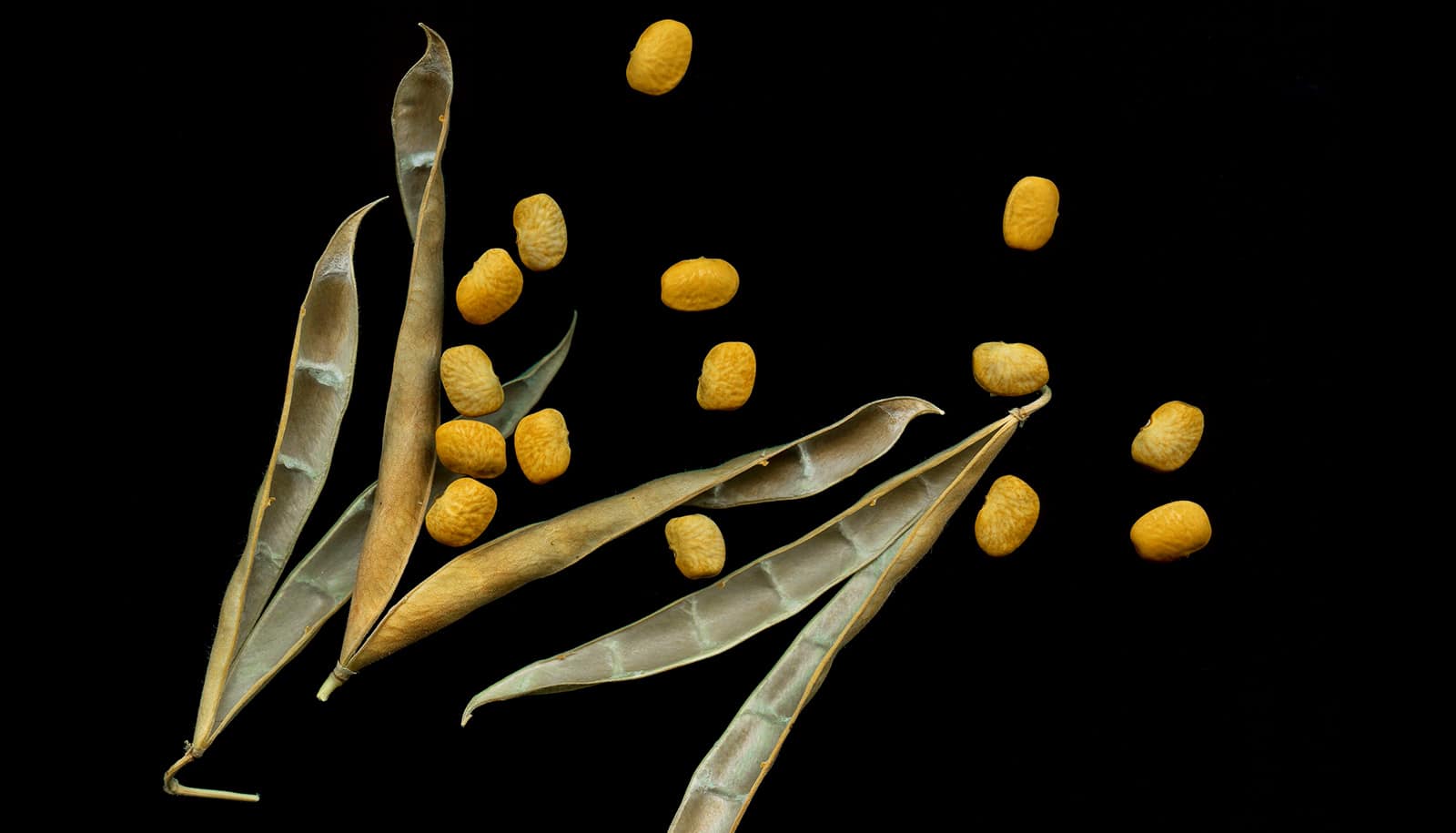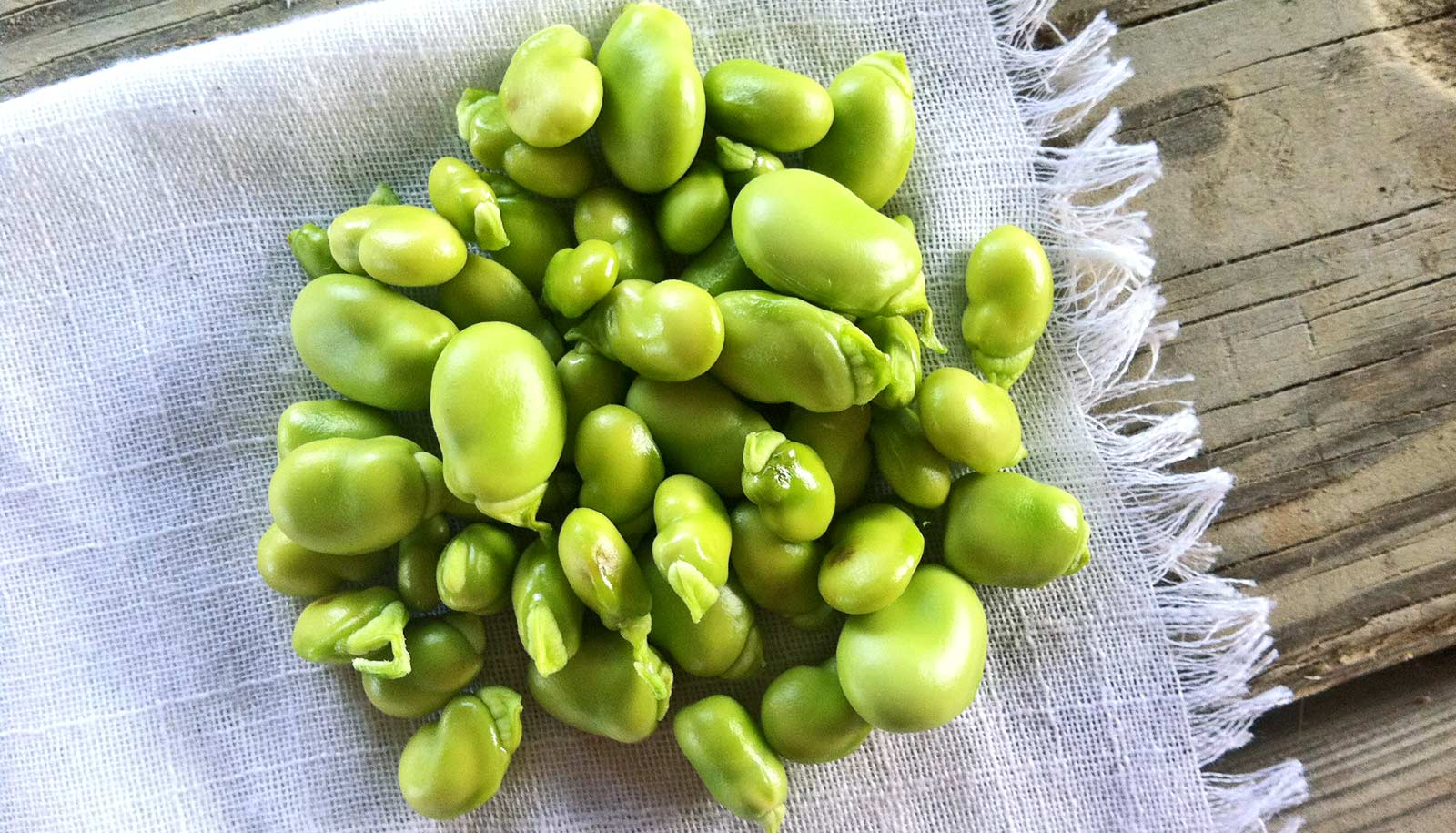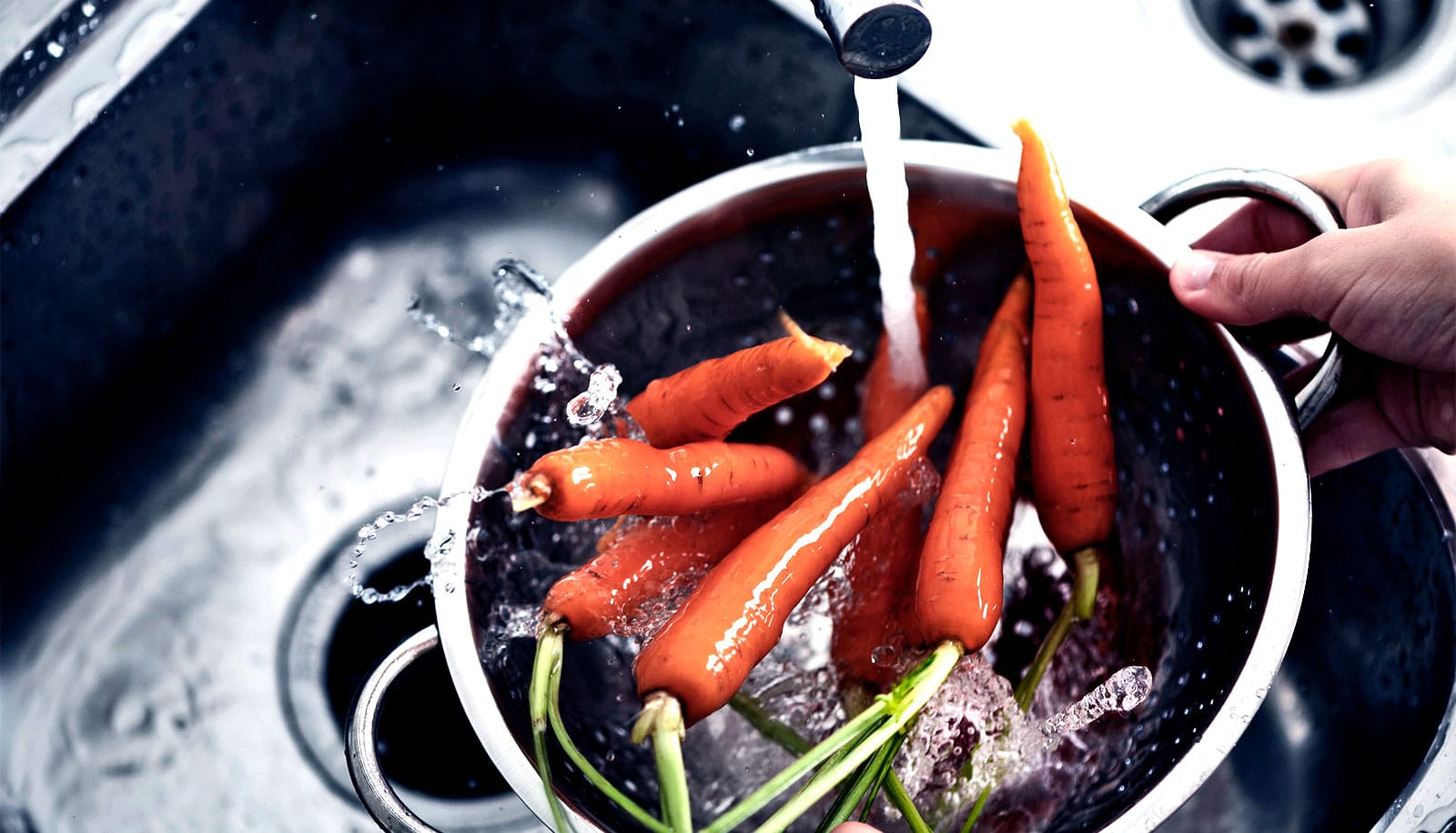The genetics of the more heat-resistant tepary bean may result in more climate-safe beans, a food crucial to human nutrition.
The tepary bean (Phaseolus acutifolius A. Gray) is a sibling of the common bean, which includes kidney, pinto, and navy beans.
“The common bean is the number one source of protein and nutrients for many people living in Central America and Africa,” says Robin Buell, a professor of plant biology in Michigan State University’s College of Natural Science and former director of the Plant Resilience Institute.
Her research on the bean appears in Nature Communications.
“Mother nature has already made plants that are adapted to different climates,” says Buell, who is also a faculty member with the university’s AgBioResearch. “We can use that knowledge to adapt our modern agriculture; we don’t need to reinvent it.”
As climate change heats up the air and land making them hotter and dryer, warmer nighttime temperatures make it more difficult to grow beans. To identify the genes that support bean growth in the desert, Buell and her team sequenced the genome of the tepary bean.
“The tepary bean has evolved over time to grow in the Sonoran Desert,” Buell says. “We could lay the genomes for both types of beans next to each other and compare them. If we know this gene on the tepary genome protects it from heat, then, we can add the gene to the common bean.”
There are genes from the common bean that scientists are introducing into the tepary bean to make it easier to grow and there are genes from the tepary bean that can make the common bean more heat-, drought-, and pest-resistant.
The Agricultural Research Service created the tepary diversity panel using plant samples from the USDA-NPGS, or National Plant Germplasm System, collection and from CIAT (International Center for Tropical Agriculture). The initial genotyping and diversity analysis took place at the Agriculture Research Service and led to the selection of the cultivated tepary genotype, Frijol Bayo.
“The goal is to grow a bean that gives a good yield, grows in dry, hot climates, and is nutritious,” Buell says. “We want to create an accelerated path to breed better tepary and common beans.”
Source: Emilie Lorditch for Michigan State University



